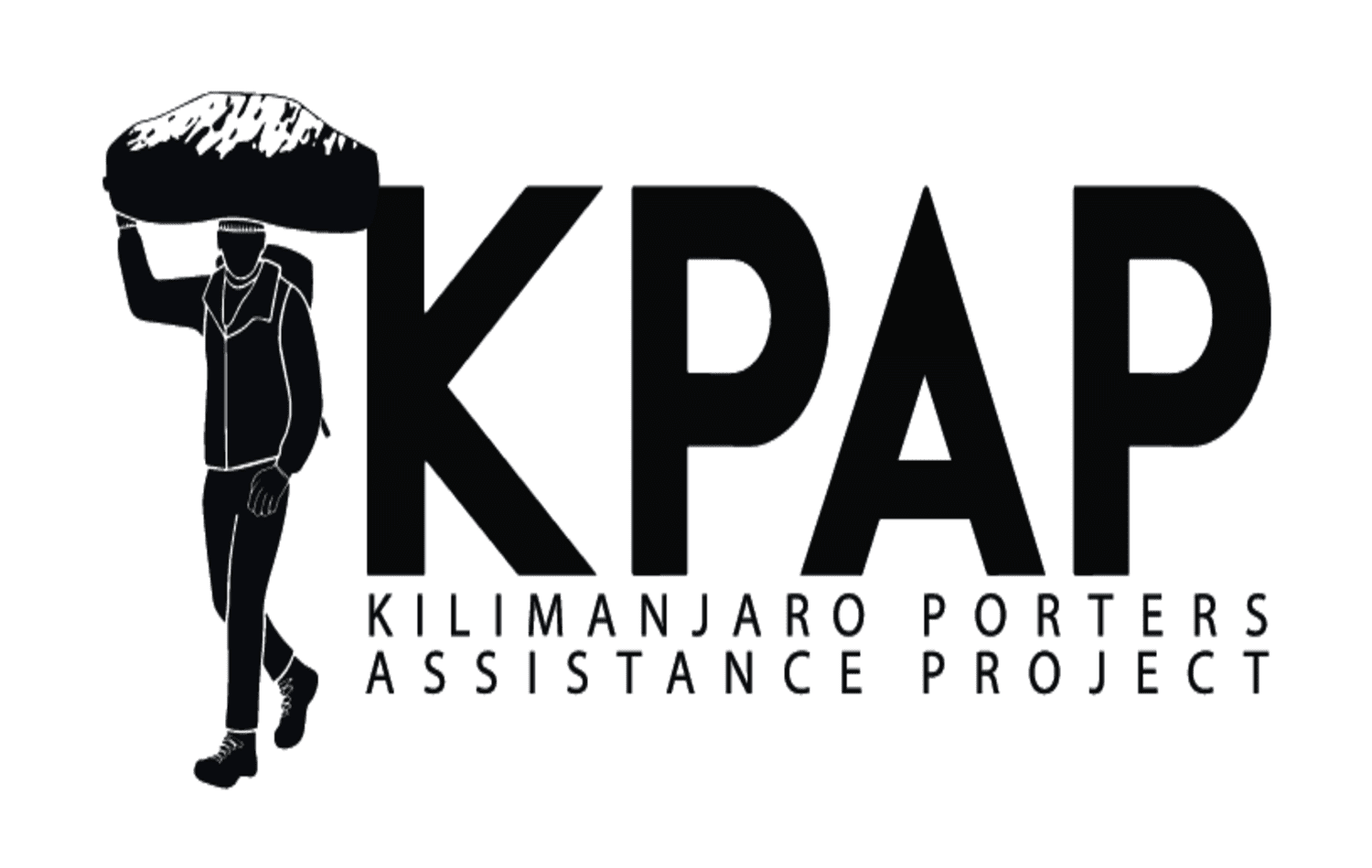Climbing Mount Kilimanjaro is a challenge that requires more than just physical fitness. One of the biggest obstacles climbers face is altitude sickness, caused by the rapid gain in elevation. Successful acclimatization—the process of allowing your body to adjust to lower oxygen levels at high altitude—is key to a safe and successful summit.
This guide will help you understand how to acclimate properly, reduce the risk of Acute Mountain Sickness (AMS), and improve your chances of reaching Uhuru Peak (5,895m/19,341ft).
As you ascend Kilimanjaro, the air gets thinner, meaning there is less oxygen available. At the summit, oxygen levels are only 50% of what they are at sea level. If your body doesn’t have time to adjust, you may experience symptoms like:
✔ Headache
✔ Nausea & dizziness
✔ Shortness of breath
✔ Loss of appetite
✔ Fatigue and trouble sleeping
If not managed properly, altitude sickness can lead to severe conditions like High Altitude Pulmonary Edema (HAPE) or High Altitude Cerebral Edema (HACE), which can be life-threatening.
1. Choose a Longer Route
The best way to acclimate is to increase altitude gradually. Routes that take 6 or more days give your body more time to adjust. The best acclimatization-friendly routes include:
✔ Lemosho Route (7-8 days)
✔ Northern Circuit Route (9 days)
✔ Machame Route (6-7 days)
Shorter routes, like the Marangu (5 days) or Umbwe (5 days), increase the risk of altitude sickness because they do not allow enough time for adaptation.
2. Follow the “Climb High, Sleep Low” Strategy
Your guides will often take you to a higher elevation during the day and bring you back down to sleep at a lower altitude. This method allows your body to adjust to the altitude more effectively.
Example: On the Lemosho Route, climbers ascend to Lava Tower (4,600m) during the day but sleep at Barranco Camp (3,950m).
3. Stay Hydrated
Dehydration worsens altitude sickness. Drink at least 3–4 liters of water per day. A simple way to check if you’re hydrated is by observing your urine color—it should be clear or light yellow.
Tip: Avoid caffeine and alcohol, as they dehydrate your body.
4. Maintain a Slow & Steady Pace
Rushing the ascent is one of the biggest mistakes climbers make. Your guides will often say “Pole Pole”, which means “slowly, slowly” in Swahili. A steady pace helps conserve energy and prevents overexertion.
Tip: Even if you feel strong, resist the urge to speed up. Altitude sickness can hit suddenly.
5. Eat Well, Even if You’re Not Hungry
At high altitudes, appetite decreases, but your body needs fuel to function properly. Eat carb-rich meals like rice, pasta, potatoes, and bread, as they provide energy and are easy to digest.
Tip: If you lose your appetite, drink soups and hot tea to keep your calorie intake up.
6. Consider Taking Altitude Medication
Some climbers use Diamox (Acetazolamide) to help speed up acclimatization and prevent altitude sickness. It works by stimulating breathing and increasing oxygen absorption.
✔ Take 125-250 mg twice a day (starting one day before the trek).
✔ Common side effects include tingling fingers and increased urination.
✔ Always consult your doctor before taking any medication.
7. Listen to Your Body & Report Symptoms Early
Never ignore signs of altitude sickness. If you feel unwell, inform your guide immediately. In serious cases, descending is the only safe solution.
Golden Rule: If symptoms worsen at rest, descend immediately—no summit is worth your life.
Acclimatization is the key to a successful and safe Kilimanjaro climb. By taking the right route, maintaining a slow pace, staying hydrated, eating well, and listening to your body, you increase your chances of reaching the summit without altitude sickness.
Remember: Kilimanjaro is not a race—take your time, follow your guide’s advice, and enjoy the journey to Uhuru Peak



TERMS AND CONDITIONS | AFRICAN SAFARI | PRIVACY POLICY | REFUND POLICY | FOR TRAVEL AGENCIES | HOTELS IN TANZANIA | OUR BLOG
© 2025 Shiri Adventures